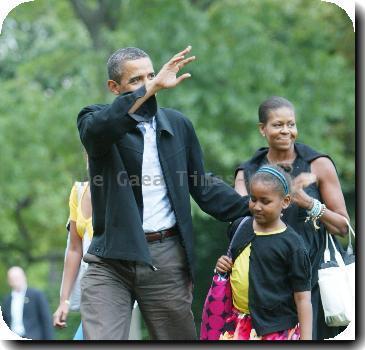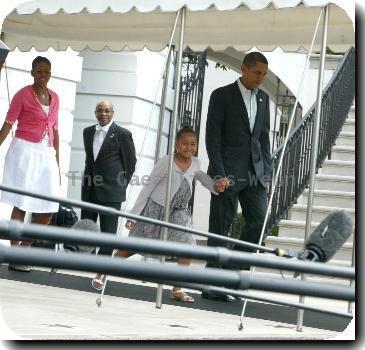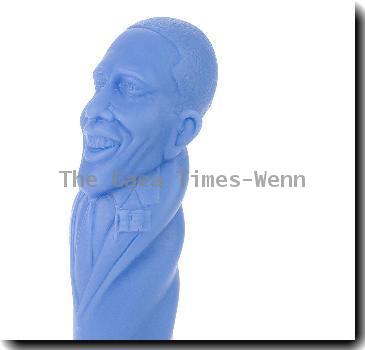Indian police impose strict curfew across Kashmir; say violators will be shot on sight
By Aijaz Hussain, APTuesday, September 14, 2010
Police issue shoot-on-sight orders in Kashmir
SRINAGAR, India — Indian police patrolled the streets of Kashmir on Tuesday, threatening to shoot anyone defying a rigid curfew imposed in the disputed region a day after 19 people died in battles between troops and protesters.
The Himalayan region has been wracked by anti-India protests throughout the summer, but the chaos Monday — exacerbated by reports of a Quran desecration in the United States — was the deadliest since large-scale demonstrations began in June.
Anger at India runs deep in Kashmir. The mainly Muslim protesters reject rule by Hindu-dominated India and want independence or a merger with predominantly Muslim Pakistan.
In an attempt to prevent another round of violence, police and paramilitary soldiers drove through the deserted streets of the area’s main towns, using loudspeakers to announce that curfew violators would be shot on sight.
Authorities suspended all flights to Indian-controlled Kashmir’s main city, Srinagar, because of security fears, a police officer said, speaking on condition of anonymity because he wasn’t authorized to release the information.
But scores of demonstrators took to the streets of Baramulla, north of Srinagar, and hurled rocks at police. Soldiers retaliated by firing shots in the air and launching tear gas shells, wounding three protesters, said another police officer, again speaking on condition of anonymity because he was not authorized to talk to the media.
In overnight protests, demonstrators set fire to a police vehicle in Charar-e-Sharief, 30 miles (45 kilometers) southwest of Srinagar.
In Zainakote, a village near Srinagar, paramilitary soldiers fired at curfew-defying protesters, wounding at least two Tuesday. More clashes erupted in the village after the shooting, the police officer said.
In Tangmarg, which was rocked by massive protests Monday, nearly three dozen people were arrested in the wake of the violence, said a police officer, also on condition of anonymity. Town residents said about 30 men were missing since the clashes with police.
The region has been roiled for months by separatist protests that often descend into clashes with government forces. The violence has killed at least 88 people this summer — mostly teenage boys and young men in their 20s.
The anti-India protests turned into rare anti-U.S. protests Monday as reports of a Quran desecration in the United States intensified the anger of demonstrators, with activists chanting “Down with America” and burning an effigy of President Barack Obama. Protesters torched government buildings and a Christian missionary school and threw rocks at troops, who responded by firing live ammunition into crowds.
The death toll from that violence rose to 19 on Tuesday, including 18 demonstrators and one police officer.
The violence came as Indian officials debated whether to make goodwill gestures to try to ease tensions in the war-wracked region, which is divided between India and Pakistan and fully claimed by both.
On Monday, Prime Minister Manmohan Singh again voiced his willingness to talk to Kashmiris and to respond to their demands, but the government has not yet responded to a proposal by the separatists for peace talks.
Since 1989, a violent, separatist insurgency and the ensuing crackdown by Indian forces have killed an estimated 68,000 people. Although the armed rebellion is largely suppressed, the region remains heavily militarized, with checkpoints along main roads, hundreds of thousands of troops stationed here and harsh emergency laws still in force, creating further friction with the restive population.
This summer’s demonstrations erupted after a police probe in June found Indian soldiers killed three Kashmiri civilians in a staged gunbattle, then claimed their victims were militants to get a reward. The army responded by suspending two officers.
In a protest following that incident, a teenager was killed after being hit in the head by a tear gas canister fired by police. Since then, the troubled Himalayan region has witnessed near-daily demonstrations and clashes.
Tags: Asia, Barack Obama, India, Kashmir, Manmohan Singh, North America, Pakistan, Protests And Demonstrations, South Asia, Srinagar, United States, Violence



